

Understanding the evolving landscape of Dubai’s property market means delving into factors shaping both trends and strategic real estate investment. At its core, this concept centers on monitoring current market movements—such as rising demand, changing regulations, pricing shifts, and urban development—to make informed decisions about residential, commercial, or mixed-use property assets. Investors, homeowners, and developers all benefit from decoding these patterns, whether considering off-plan purchases, luxury apartments, or emerging neighborhood hotspots.
Today, fresh perspectives on Dubai’s property landscape are driven by factors like sustained urban growth, global investor interest, new project launches, and evolving buyer preferences. This approach goes beyond surface indicators, diving into nuanced supply-demand dynamics, rental yield patterns, and regulatory adjustments. Analyzing these interconnected elements uncovers which areas hold potential for value appreciation and stable returns.
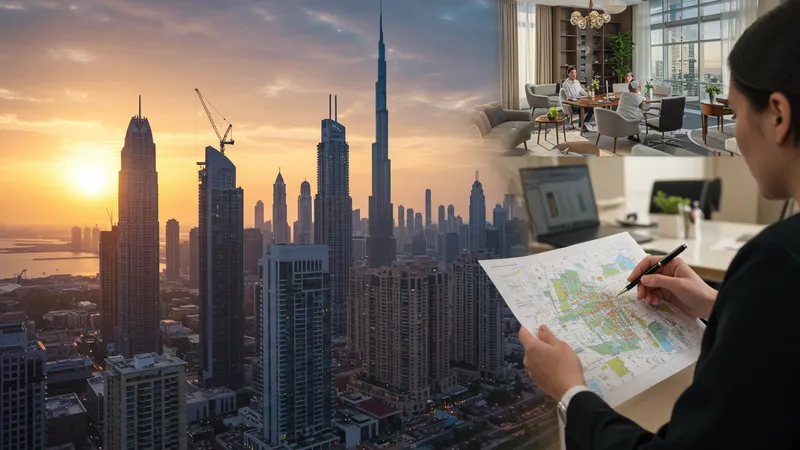
One prominent trend in Dubai’s real estate is the rise of master-planned communities, such as Dubai Hills Estate. These neighborhoods combine green spaces, schools, healthcare, and retail within reach, attracting both investors and residents. Integrated amenities and phased development have proven effective in sustaining property value and appeal. Another growing trend is resort-style living, like Damac Lagoons, which brings water-inspired features and themed clusters into the suburban landscape. This approach draws buyers seeking exclusivity and lifestyle enhancements.
High-end development continues to shape the market. Projects in locations like Meydan appeal to premium buyers emphasizing upscale finishes, branded residences, and proximity to equestrian or golf facilities. Such offerings reflect the city’s drive toward creating prestige-driven urban spaces that cater to global standards. As international attention grows, these locations consistently report healthy capital appreciation and rental yields.
Regulatory changes also play a decisive role in shaping investment outcomes. Recent reforms, such as longer visa terms and improved property ownership options, have spurred interest from overseas buyers. This demonstrates how city-wide strategies impact not only buyer sentiment but also long-term asset performance. Combining local insights with global trends is vital for navigating Dubai’s vibrant market and selecting the most promising properties.
Comparing the listed examples reveals how Dubai’s property market serves a diverse investor profile. Whether focusing on lifestyle-driven communities, waterfront clusters, or luxury urban projects, each segment offers unique advantages. The strategic decision lies in aligning personal goals with emerging patterns and understanding area-specific prospects. The deeper details reveal even more valuable insights ahead as we explore how pricing, amenities, and sustainability shape the next phase of Dubai property investment.
Master-planned communities have become synonymous with Dubai’s modern property development. These projects are built on a vision, bringing together expansive green landscapes, integrated retail, education, and recreational facilities. Dubai Hills Estate is a leading example, designed for seamless daily living where amenities are never far. This comprehensive approach creates cohesive neighborhoods that are particularly attractive to families and long-term residents looking for a self-contained lifestyle.
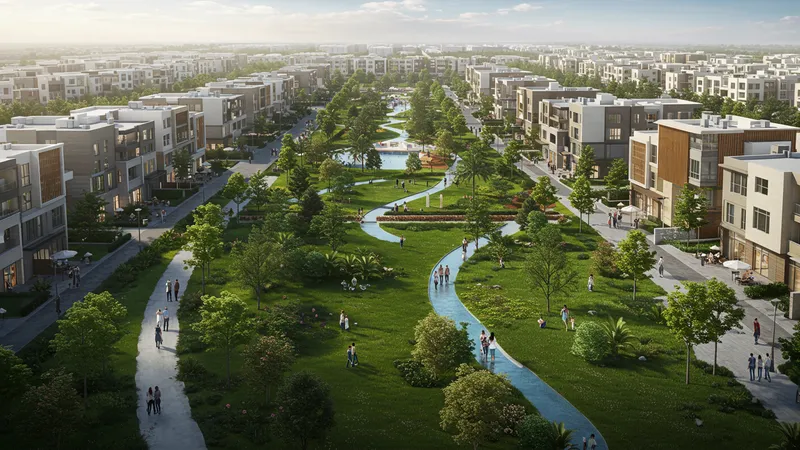
Pricing strategies within these communities, such as those seen in Dubai Hills Estate, reflect both exclusivity and accessibility. With apartment and villa options, developers cater to a wide spectrum of buyers. The initial price tags—starting around AED 1.1 million—entice first-time buyers, while ultra-high-end villas reach into the tens of millions. This tiered pricing helps maintain both healthy demand and long-term appreciation potential.
Another benefit is planned infrastructure and transport connectivity, which enhances both current living and resale value. Projects often feature well-developed road links and proximity to new metro stations or upcoming business districts. This forward-thinking design attracts both local and international buyers, making these areas resilient across market cycles.
Beyond immediate convenience, these developments are often phased. New amenities, parks, and public services are unveiled in stages, gradually boosting community value. This progression encourages early investment, as residents anticipate further enhancements that can positively impact property values and rental yields over time.
Resort-inspired communities are transforming the Dubai property experience by combining leisure and residential appeal. Damac Lagoons is a notable case, offering clusters designed around water lagoons and themed districts. These features resonate with buyers seeking everyday luxury without leaving the city, and create strong visual identities that set them apart from traditional housing options.
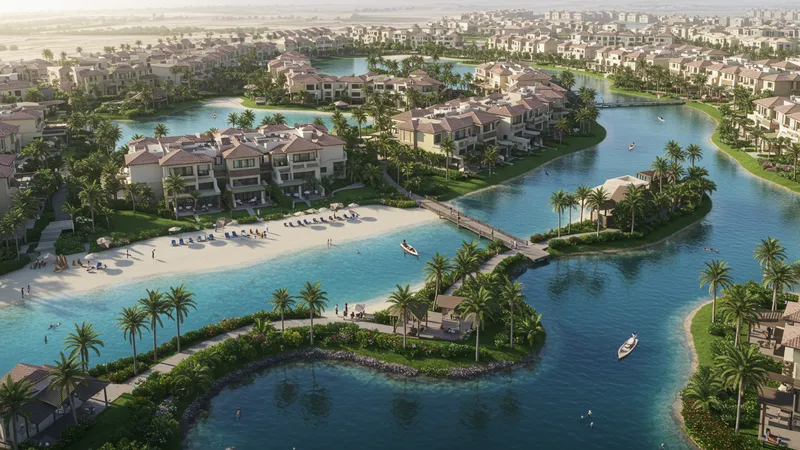
Pricing in these developments is generally positioned to attract mid- to upper-tier buyers, with townhouses and villas starting at about AED 1.4 million. While some properties reach higher price points, the emphasis remains on providing resort-style amenities—such as artificial beaches, clubhouses, and fitness centers—within gated environments. This lifestyle orientation is a key selling point for families and professionals prioritizing recreation and community living.
Rental demand in resort-style communities often outpaces standard suburban offerings due to their unique amenities. Investors have observed that such projects command premium rentals, especially among tenants prioritizing lifestyle experiences. Seasonal interest also supports the short-term rental market, giving buyers flexibility in maximizing use and returns.
As sustainability grows in importance, developers frequently integrate eco-friendly landscaping and smart home systems alongside leisure elements. This fusion aligns with wider global property trends, making these communities attractive for environmentally conscious investors and future-oriented buyers.
The appeal of high-end districts like Meydan continues to shape Dubai’s premium property market. Branded residences, designer interiors, and close proximity to landmarks such as the Meydan Racecourse set these properties apart. The luxury segment consistently attracts local elites and international buyers, both for personal use and capital preservation.
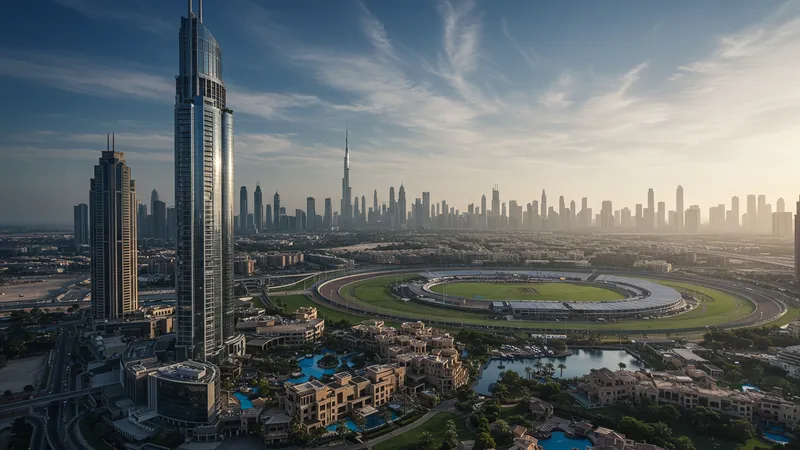
Luxury developments in Dubai are priced to reflect exclusivity, with homes in Meydan ranging from AED 1.8 million for upscale apartments to more than AED 35 million for signature villas. These price points correspond to world-class finishes, bespoke concierge services, and enhanced privacy—factors that appeal to discerning buyers searching for unique value in the city’s property scene.
Rental yields in high-end segments are influenced by both location and branding. Iconic developments often fetch higher rents, particularly in sectors like furnished apartments or serviced residences. Luxury homes command long-term tenants seeking stability and a premium lifestyle, further supporting sustained value and demand.
The focus on lifestyle extends to supporting services: spas, fitness suites, and dedicated leisure zones are commonly included. By emphasizing quality of life, these developments strengthen Dubai’s international reputation and maintain ongoing interest even as new projects launch elsewhere in the city.
Dubai’s regulatory evolution has played a significant role in its property investment landscape. Policies that permit broader ownership rights, especially in freehold zones, have energized overseas buyer interest. The introduction of long-term visas linked to property value has provided added incentives for those seeking stable residency while investing in real estate assets.
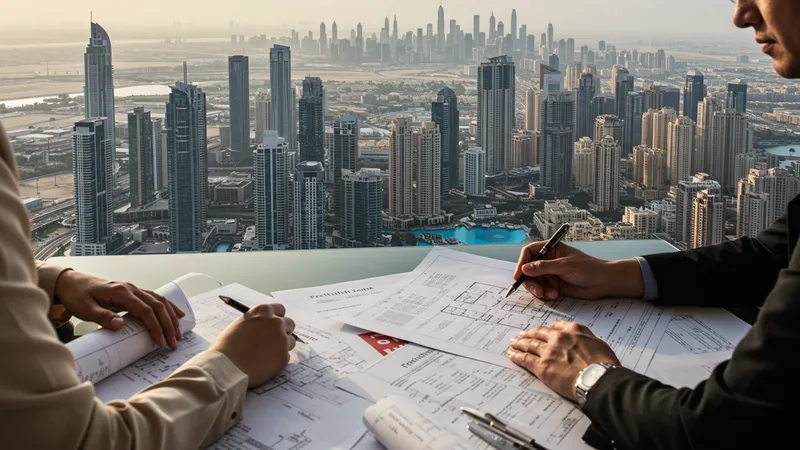
Freehold areas attract buyers as they offer the possibility to own property outright as foreign nationals. This framework has enabled global investors to confidently participate, resulting in greater market liquidity and a stream of premium developments catering to a diverse clientele. Recent initiatives to simplify transactions and registration further reinforce Dubai’s competitive position on the world stage.
These regulatory strategies are particularly impactful for large-scale communities like those previously discussed. When buyers feel secure in ownership and repatriation rights, demand for both new and off-plan properties rises. Legal clarity helps protect investments and drives sustainable growth, ensuring that ambitious developments remain attractive and viable long after their initial launch.
Looking ahead, the intersection of innovative regulations, strong international marketing, and continued infrastructure upgrades positions Dubai as a compelling market. As global urban centers compete for investment, Dubai’s dynamic regulatory support and master development strategies offer a blueprint with powerful appeal for residential, commercial, and mixed-use asset seekers.